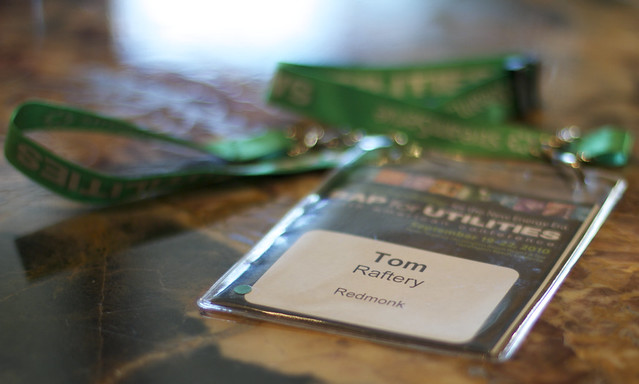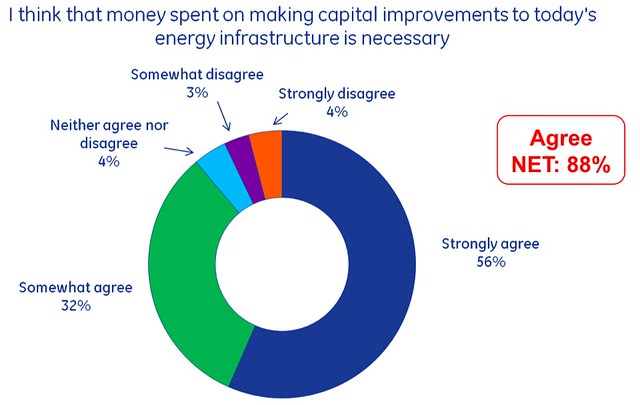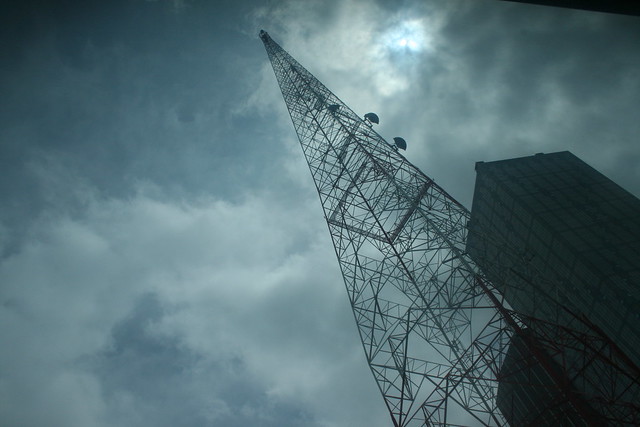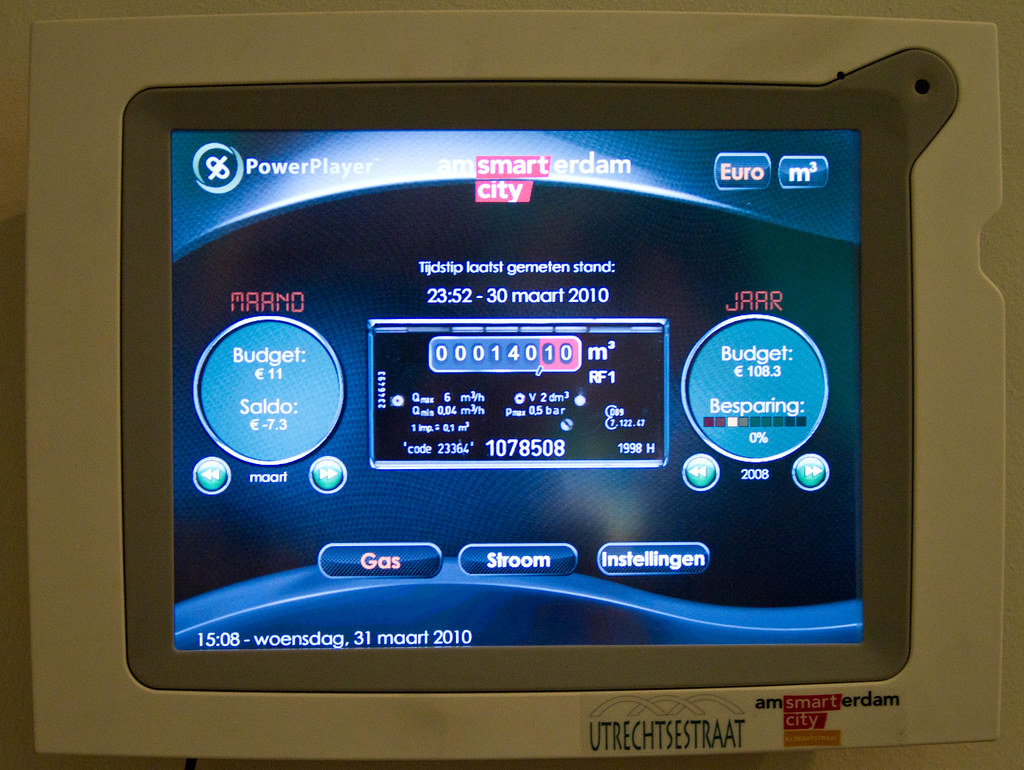
Photo credit TerryJohnston
I attended the Smart Grid Technology conference in London last week and there were a number of interesting themes which became apparent.
The main theme to emerge was the question of how utilities could engage the residential customer. This is good news – the first step on the road to recovery is acknowledging that you have a problem!
The other two discussion points which came to the fore were 1) that energy is too cheap for small price shifts to incentivise behavioural change and 2) what to do with all the data arising from smart meter roll-outs (the prevailing opinion was that data from smart meters should be used for billing purposes only because that there was far too much data to be of any practical use!). I’ll talk about these in other posts.
The question of how to engage customers is a new one for utilities. Remember, this is an industry that refers to its customers as ‘load points’ or ‘rate payers’! Traditionally, the only time utilities interact with customers is to send a bill, to disconnect, or when the customer calls to enquire why their power is out. Not the most positive of communications, I’m sure you’ll agree! Consequently consumer attitudes to utilities vary from outright distrust to, at the very best, indifference.
How to change this?
Well, any councillor will tell you the best way to fix a relationship is through increased communication. Utilities need to really step up their game when it comes to communicating with their customers. This needs to be done using a combination of updating traditional communications, targeted, viral social media campaigns and good old-fashioned outreach. And this needs to be an ongoing, sustained two-way communication, not once-off and not not one-way.
It is only by building an ongoing conversation with their clients that utilities can build the necessary trust to engage customers in smart grids.








